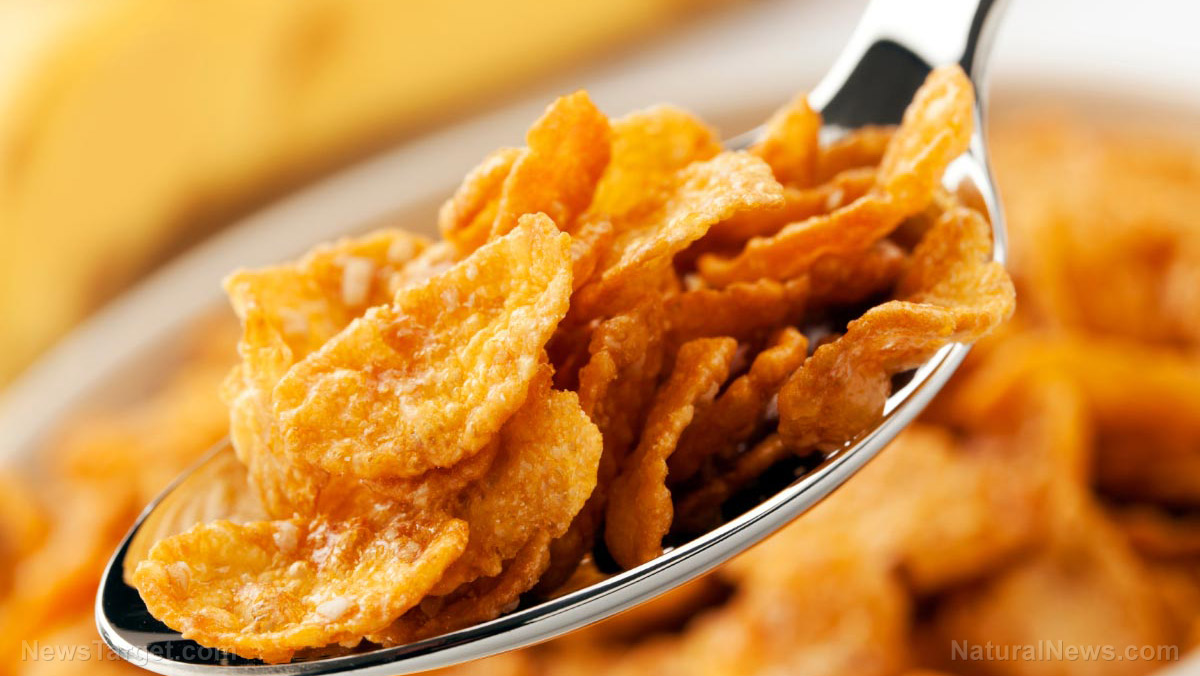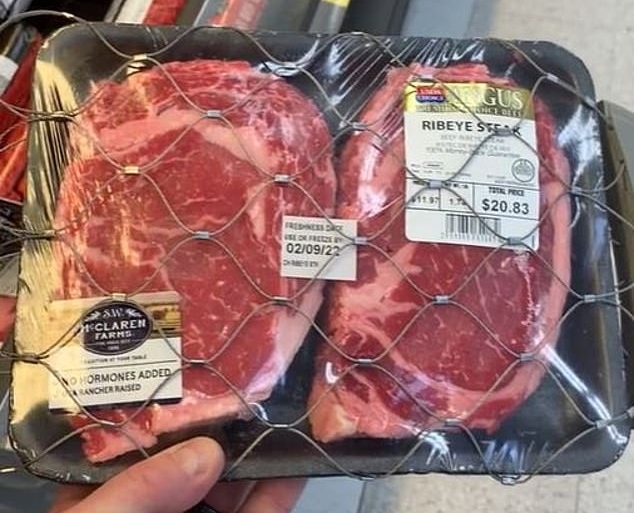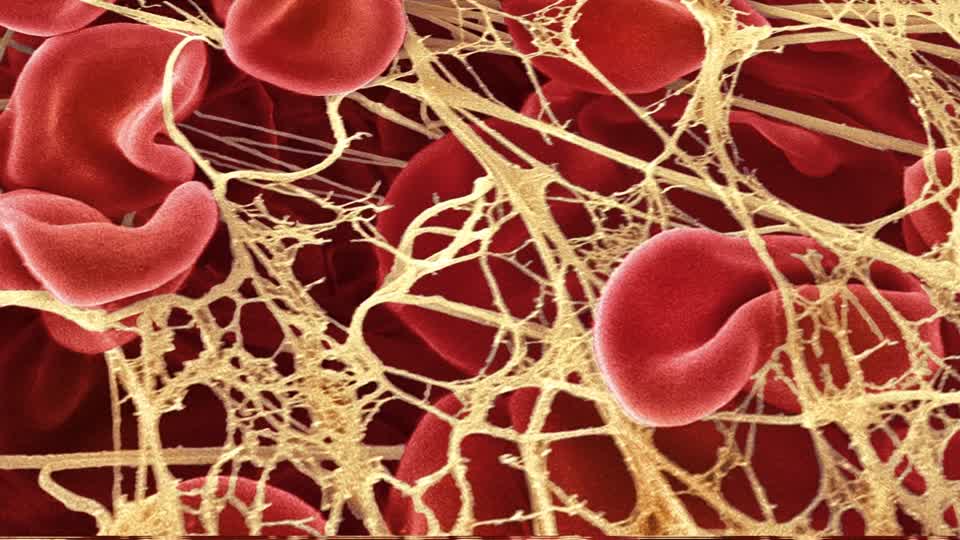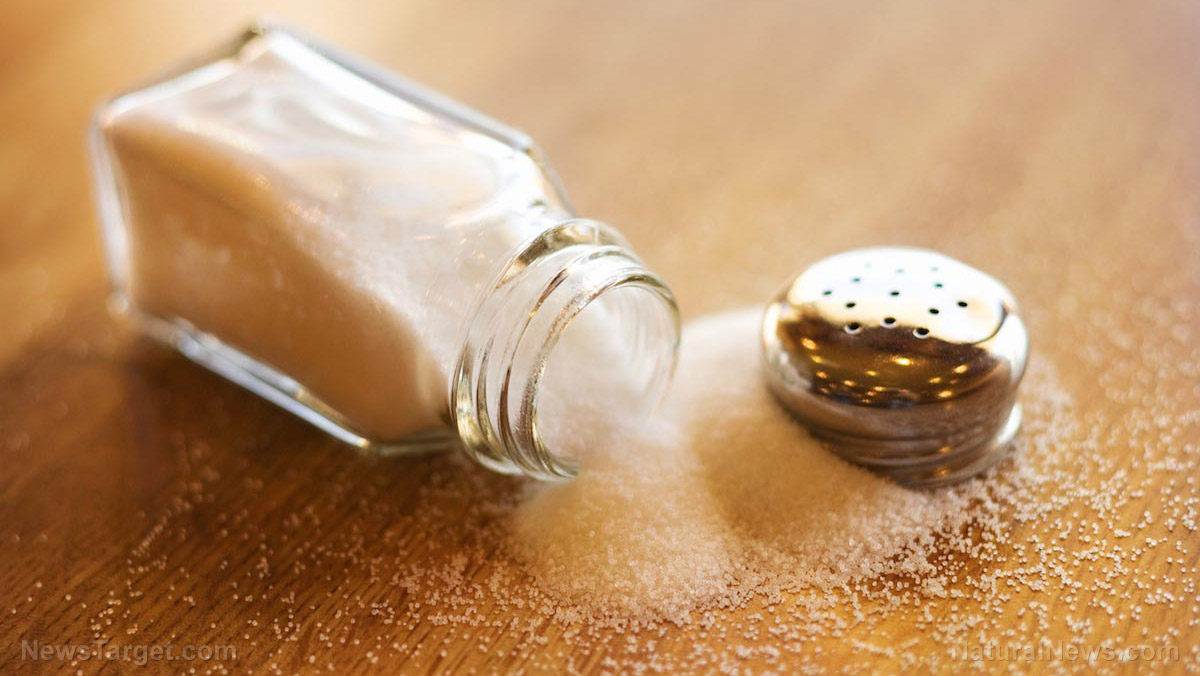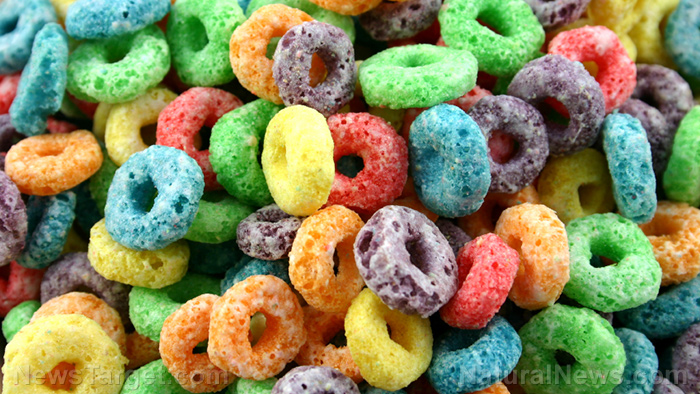Top 10 food sources for brain-healthy omega-3s
08/26/2015 / By Greg White
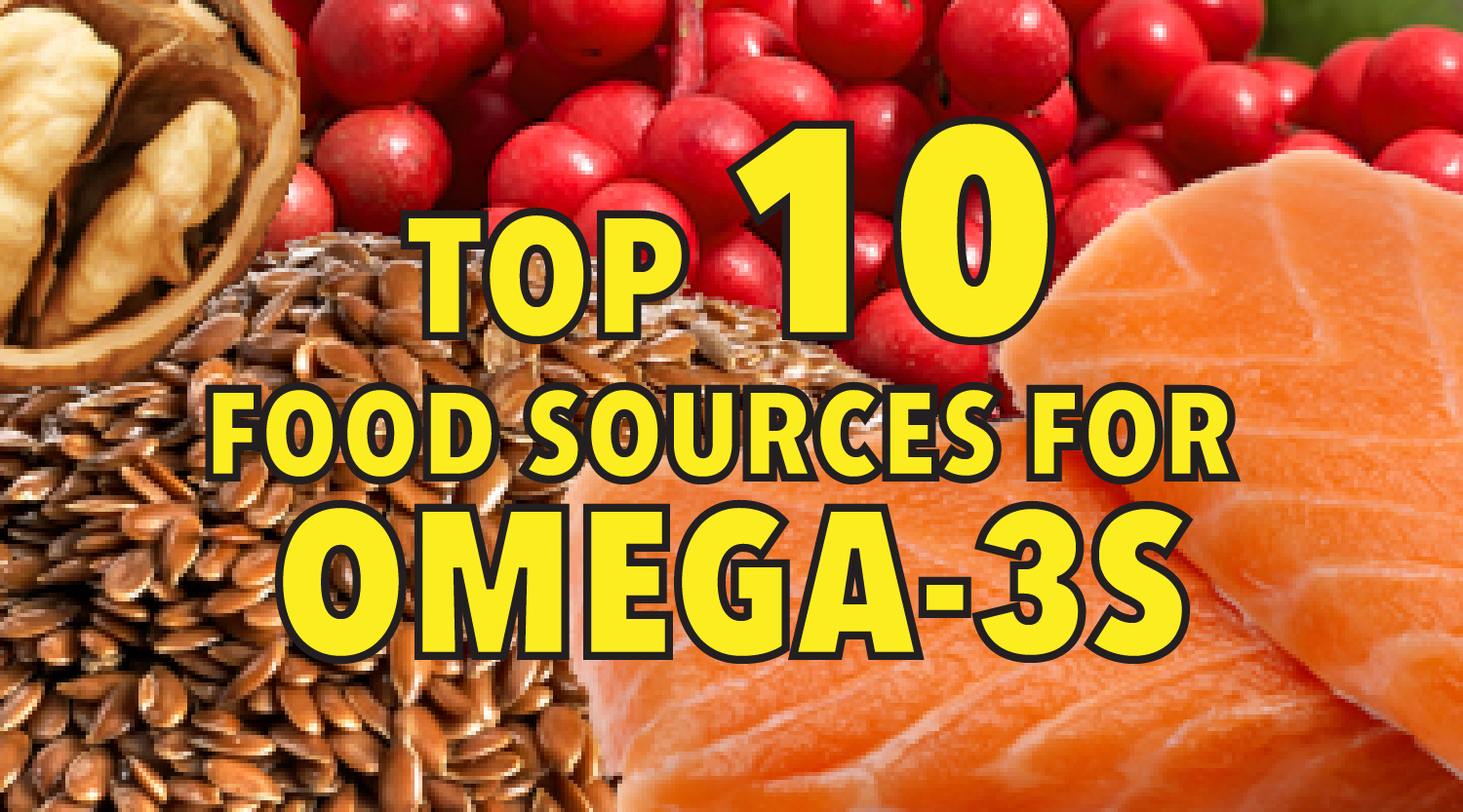
Omega-3s are essential to a healthy, well-balanced diet. Unlike fats that can be made from resources inside the body, omega-3 fats must be acquired by taste. Because the body doesn’t produce omega-3s, it’s important to integrate them into your diet.
But what exactly are omega-3s? Omega-3s refer to omega-3 fatty acids, which are the building blocks of fat. They help build cell membranes, regulate blood clotting and affect the function of cell receptors.
Omega-3s have numerous health benefits. Unfortunately, the standard American diet is low in omega-3s. Fortunately, you can easily incorporate omega-3s into your diet with the following food.
Salmon
Salmon has been rejoiced as an excellent source for omega-3s. Just two servings of salmon covers a week’s worth of omega-3s recommended by the American Heart Association. When shopping, however, it’s important to know where your fish comes from, since salmon is known to have varying levels of mercury. Farm raised salmon usually has more toxins than wild salmon.
Flaxseed oil
If you are looking for an alternative, plant-based source of omega-3s, flaxseed oil takes the cake. Flaxseed oil is plentiful in fiber, protein and, you guessed it, omega-3s. There are plenty of genetically modified versions of flaxseed oil available, so much sure to purchase organic.
Walnuts
Walnuts are the only nut that is a significant source for an omega-3 fatty acid called alpha-linolenic acid, ALA. ALA has been shown to help reduce cholesterol levels, blood pressure and inflammation. According to a 2009 meta-analysis published in the The American Journal of Clinical Nutrition, walnuts helped decrease LDL “bad” cholesterol and total cholesterol without causing weight gain.
Unlike fish, you can eat walnuts on the go, but don’t go overboard. The recommended daily serving of walnuts is one ounce, which is about one cup of 12 to 14 walnut halves. They can be added to salads, cereal and yogurt.
Kidney beans
Kidney beans and legumes do not have as many omega-3s as seeds or nuts, but that is no reason to skip this magical fruit. One cup of kidney beans has just under a gram of fat and contains 301 milligrams of omega-3 fats. That’s more than four ounces of shrimp, which only has 200 milligrams of omega-3 fats.
Beans are a good way to balance omega-3 fatty acids with omega-6 fatty acids. Many foods are high in omega-6s but low in omega-3s. Black beans, for example, have a near 50/50 ratio of omega-3 acids and omega-6 acids; whereas kidney beans have about 50 percent more omega-3s than omega-6s. Among all the beans available, however, mung beans are king with nearly fifteen times more omega-3s than omega-6s.
Seaweed
Seaweed is the source for omega-3s in fish and seafood, so how can it not be for you too? Seaweed, along with micro algae, are the only known plant sources for EPA and DHA – two amino acids that make up omega-3 fats. There are over 20 different types of seaweed to choose from, some of which have more omega-3s than others. Spirulina is a particularly good source for omega-3s, as is Wakame. Seaweed can be added to a variety of dishes, including soups, dips, wraps and stir fry.
Chia seeds
Chia seeds are tiny black seeds from the Salvia Hispanica plant and are one of the richest plant sources for omega-3s. The lipid profile in chia seeds, an organic compound comprised of fats, is approximately 60 percent omega-3s, making them have the highest amount of omega-3s than any other seed oil. These tiny seeds are also packed with calcium, fiber, protein, and antioxidants. They can be added to baked breads, salads and even smoothies.
Berries
In addition to being an excellent source of antioxidants, vitamins and minerals, berries are also a great source for omega-3s. According to a Norwegian study, an average 36 percent of fat in Nordic berries, including blueberry, cloudberry, cowberry, were ALA, the primary type of omega-3 fatty acid in vegetables. Blueberries are the richest source of omega-3s within the berry family tree, with 174mg omega-3s and 259 mg omega-6s per cup. Other berries that make the list strawberries and black berries. Berries can be eaten raw or made into a jam as a pread.
Wild rice
Wild rice is a seed, rather than a grain, of a Native North American long grain marsh grass. This is why wild rice contains omega-3s, whereas traditional white rice does not. Just half a cup of of wild rice has 240 mg of omega-3s fatty acids. It’s also gluten-free, is loaded with antioxidants and has twice as much protein as brown rice. All the more reason to substitute white or brown rice with wild rice.
Grape leaves
Grape leaves aren’t something you usually see on the dinner menu; nevertheless, if you’re trying to boost your intake of omega-3s, grape leaves are a palatable choice. It’s a lesser known fact that grape leaves are edible and have been used in Greek cuisine since ancient times. Packed with A, C, E, K and B vitamins, this heart shaped leaf has a whopping 843 mg of omega-3s per 100 gram serving. These green leaves can be used as a wrap to stuff with rice, pine nuts and fresh herbs.
Winter squash
Winter squash is associated with the autumn season. It’s also associated with anti-inflammatory nutrients like omega-3s. The anti-oxidant and anti-inflammatory nutrients in winter squash may help reduce the risk for various cancers, especially prostate cancer. A cup of cooked winter squash has 338 mg of omega-3s and 203 mg of omega-6s.The squash comes in a variety of shapes and textures, which can be roasted into a soup or sliced as a substitute for spaghetti noodles.
Many people do not have an adequate supply of omega-3s in their diet. Luckily, you can without compensating taste for health. Omega-3s are literally brain food, so be smart and incorporate these foods into your diet.
Sources include:
WiseGeek.org
NCBI.NLM.NIH.gov
Walnuts.org
DrGourmet.com
NutritionData.Self.com
OneGreenPlanet.org
TheSpirulinaBenefits.com
OrganicAuthority.com
NCBI.NLM.NIH.gov
PlenteousVeg.com
DrWeil.com
Bembu.com
RD.com
HealWithFood.org
RodalesOrganicLife.com
WHFoods.com
PlenteousVeg.com
Greatist.com
Nutrition.org
Submit a correction >>
Tagged Under:
This article may contain statements that reflect the opinion of the author
RECENT NEWS & ARTICLES
COPYRIGHT © 2017 TOP 10 GROCERY SECRETS



